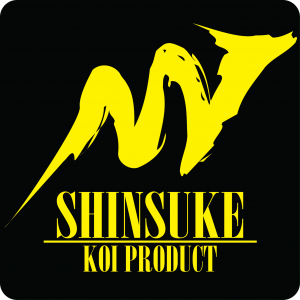NEWS&TOPICS
- 2016.05.02
- Mineral plus-2
It seems that we notice information about the minerals and how it affects us Japanese daily life quite often via TV proglam, newspaper.
Soil in Japan is formed by volcanic ash and its terrain is in steep strope.
Therefore, rainwater onto such soil which contains least amount of minerals is to flow into the sea in no time.
Nowadays, when we are talking about vegetable, it means fresh vegetables.
On the other hand, we Japanese has had more vegetable with boiled, cooked than we do now.
In addition to that, the vegetables we have now is farmed by using large amount of pesticide, chemical based fertilizer, so that the vegetables contain less and less minerals than it used to be.
Hiroshima where we live is famous for oyster.
It is said that Hiroshima oyster is good tastes because not only the Hiroshima bay is optimum environment for cultivating, but also there is plenty of phytoplanktons in there for feeding oysters.
Phytoplankton grows proliferously by replenishing nutritive salt deriving from mountains.
In Chugoku mountains, rain water is stored up into its mulch layer which is formed by decomposed falling leaves of ardwood.
And then, bacteria decompose rain water so that it is turned into organic acid which ends up in producing
minerals by way of dissolving existing minerals.
It is not until water contained quality menerals runs into sea through river that oyster can absorb those minerals.
It has been social issue raised about malnutrition for oyster in terms of minerals caused by deforestation in the mountains.
It appeared that oyster finally did not grow well as it should .
Nowadays, projects such as forestation make big improvement and leads to farming quality osyter as it used to be.
What is happening with farming vegetable, cultivating oyster is the inspiration for developing Mineral plus.
At the beginning of development, we have examined the quality of ground water and then, it turned out to be big difference
in each regions where nation wide Koi farms are in.
For instance, water condition is completely different between one Koi farm and another which distance is less than 1 km away.
It tells us that ground water veins are not the same apparently.
On the other hand, data show that there is less mineral contents to ground water in urban area, from which we see that rain water in those area goes down to ground water vein with absorbing least amount of minerals.
Having said that, opposite case is also true when we examined ground water in another urban area.
We assume that it depends on mineral contents in bedrock.
In addition, there are only few mineral contents in tap water throuhout Japan.
As we said previsouly, we come to think that the reason why Koi farms move their koi to field pond has a lot to do with making it up to the lack of minerals.
We have heard that mud pond is good for Kohaku and pebble pond is good for Sumi in Showa.
So, we think that in forseeable future, it may be ordinary process that Koi farm build up field pond to fit each
variety of Koi for breed.




